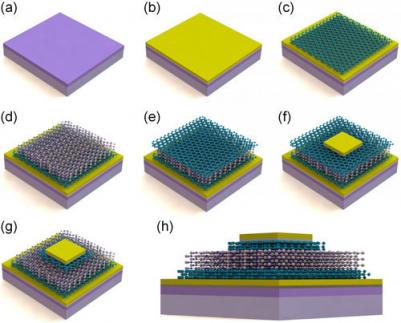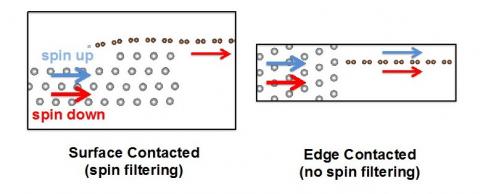Graphene enables color changing electronic skin
Researchers from Tsinghua University in China have developed a graphene-based user-interactive electronic skin, capable of changing color. The team made use of flexible electronics made from graphene, in the form of a highly-sensitive resistive strain sensor, combined with a stretchable organic electrochromic device.
To obtain good performance with a simple process and reduced cost, they designed a structure to use graphene as both the highly sensitive strain-sensing element and the insensitive stretchable electrode of the electric current density (ECD) layer.









